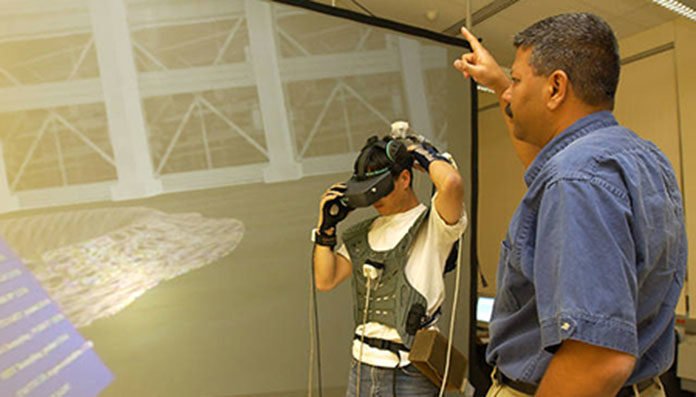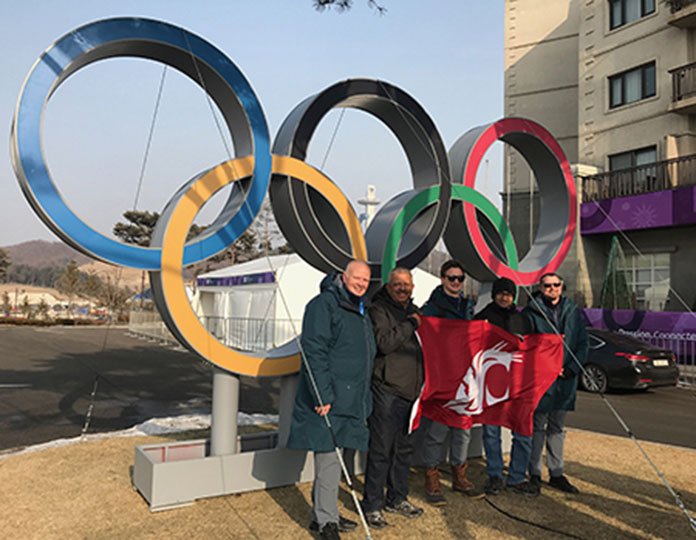Immersive virtual reality (VR) technology developed at Washington State University (WSU) and being utilized at this year’s Winter Olympics is primed for a series of public manifestations on the Pullman campus.
Sankar Jayaram, a highly ardent Cougar, and Seattle Seahawks football laudator, was encouraged to initiate creating immersive virtual reality stadium experiences when he wished to but was unable to attend a Seattle football game.
He determined to use his virtual reality expertise to figure out a way to feel like he was there.
Then Sankar and Uma Jayaram, the specialists at WSU from 1993 to 2015, investigated and developed virtual reality technology. With years of funding support from federal agencies, such as the National Science Foundation, NASA, and the Defense Advanced Research Projects Agency, as well as from private companies, such as PACCAR and Komatsu, Ltd., they both started WSU’s Virtual Reality and Computer Integrated Manufacturing Lab (VRCIM) and made seminal contributions in virtual reality praxis in engineering design and manufacturing.
During this study, the researchers went on to evolve their pioneering technology and to commence their company, 3D-4U, hiring many WSU graduates who had been trained in the VRCIM.
This technology was utilized for the first in Martin Stadium, capturing multiple live 180- to 360-degree fields of view and enabling each viewer to determine a personalized view in real-time or as a replay.
It was the advancement of quality headsets, exceptionally, that made Jayaram’s’ vision for an exhaustively immersive experience a reality. The researchers proceeded with the advancement of their technologies despite hardware and bandwidth limitations at the time, confident that groups in different parts of the world would evolve matching and synergistic technologies.
Later, they appropriately expected that goggle technologies would catch up to their media technology. Once it was done, they were able to easily match their existing technology with the novel headsets, leading to a fully immersive, interactive, and individualized experience in settings such as concerts and huge sporting events.
Students, faculty, and staff are invited to the free virtual reality viewing parties, which are scheduled for 10 a.m.-12:30 p.m. on Feb. 16, 21 and 23 in the Spark atrium.

